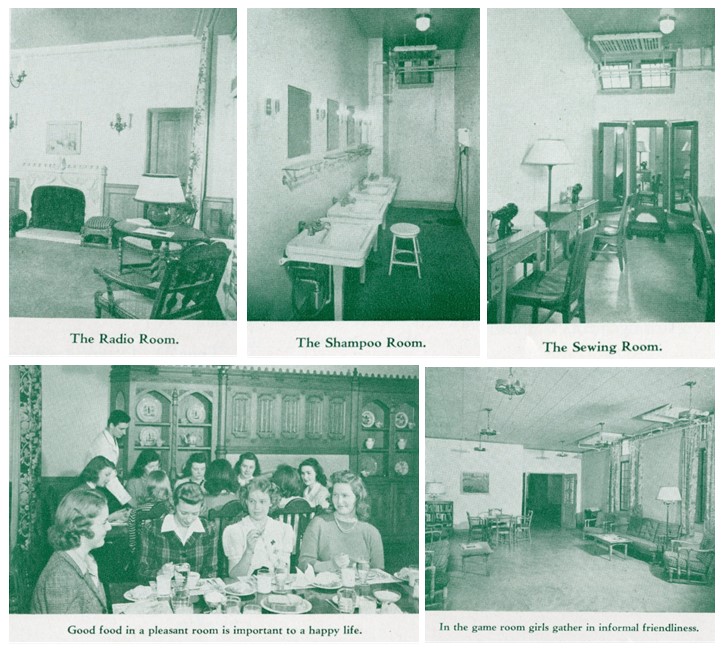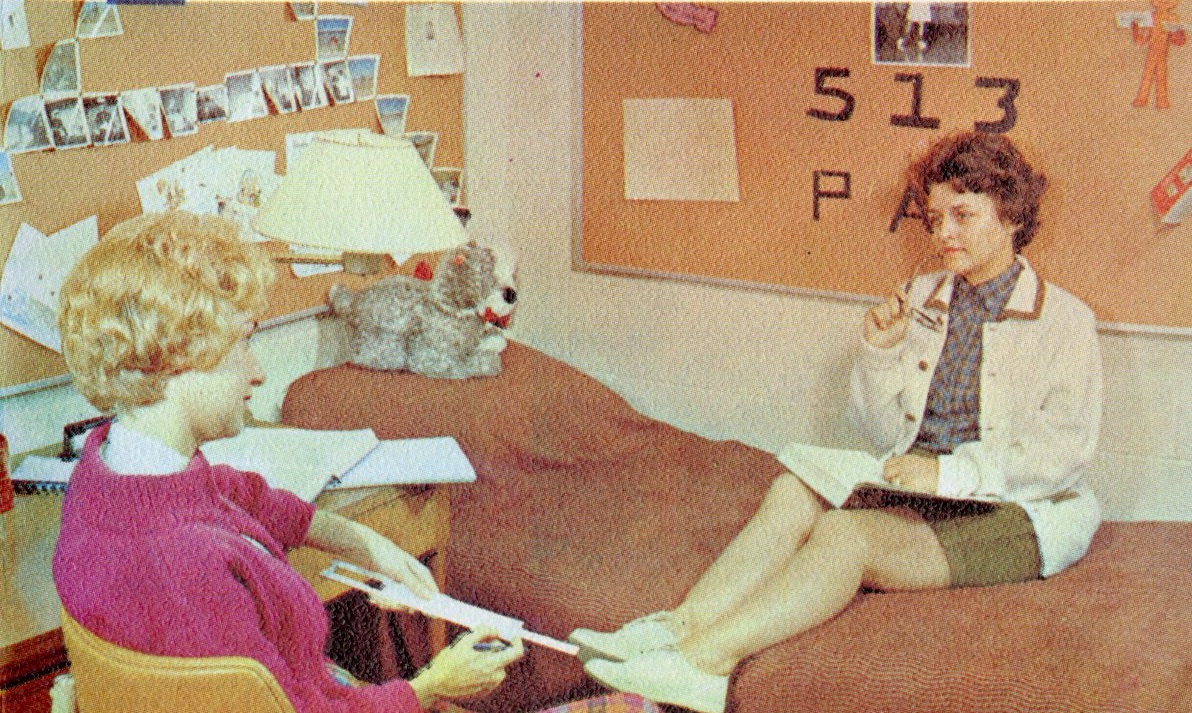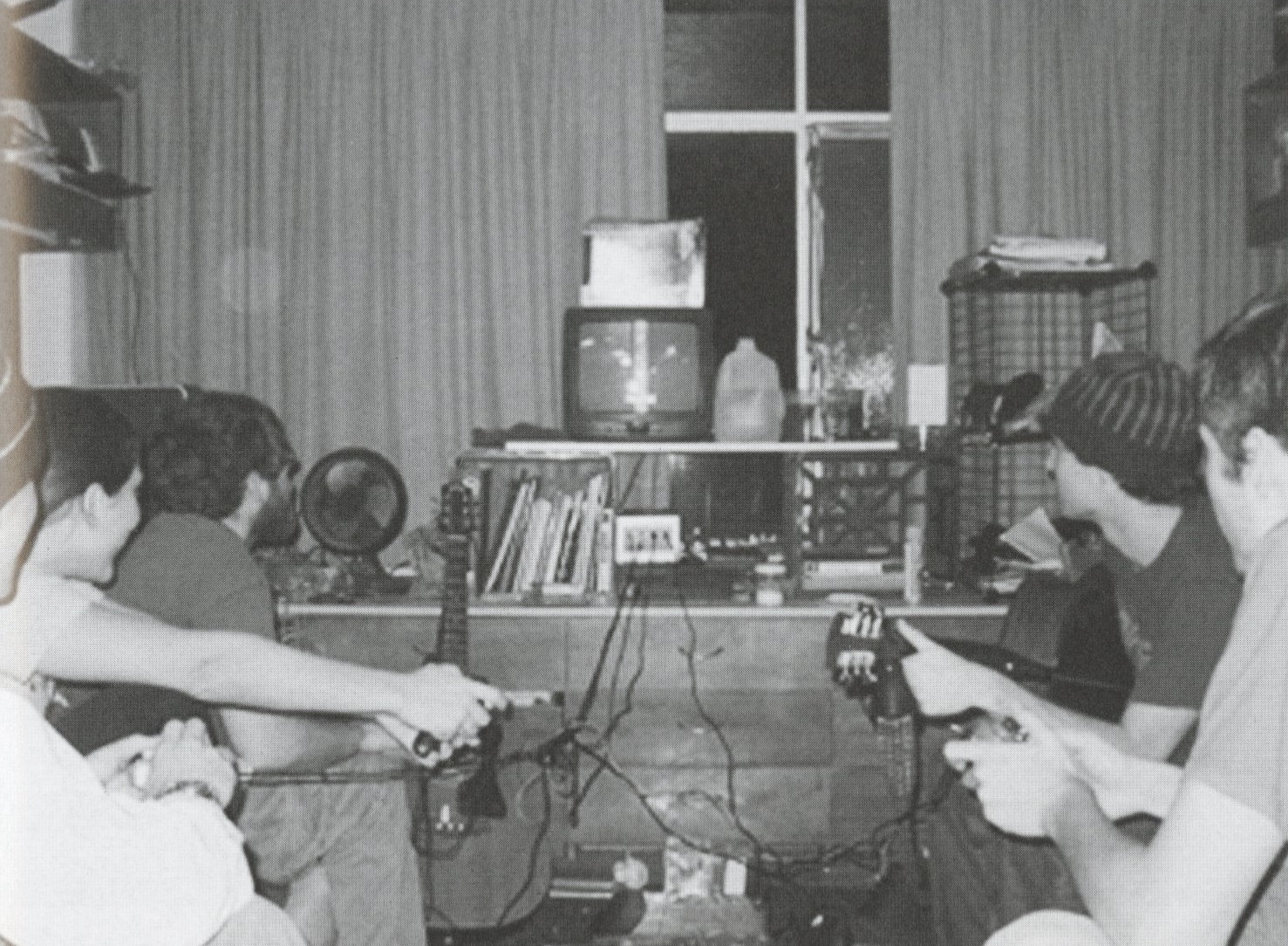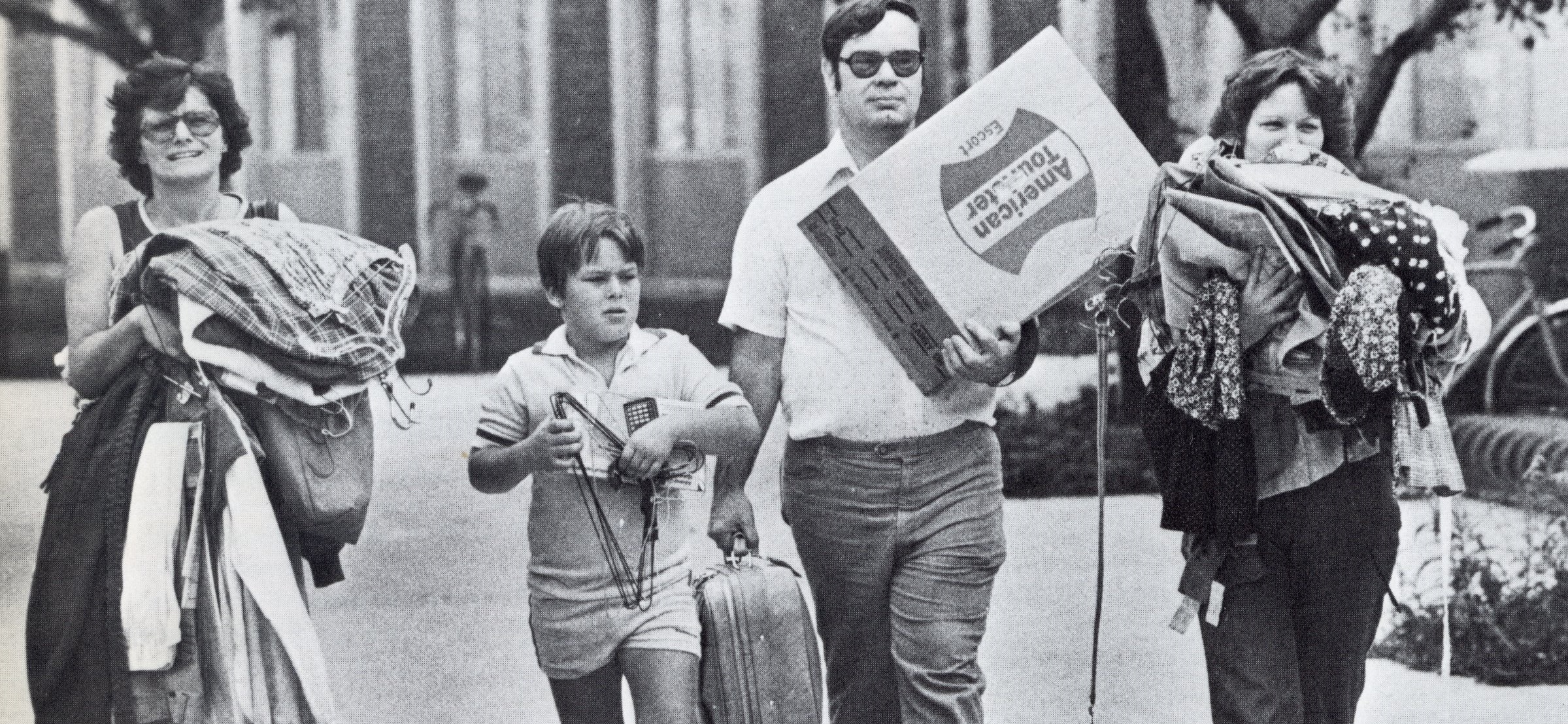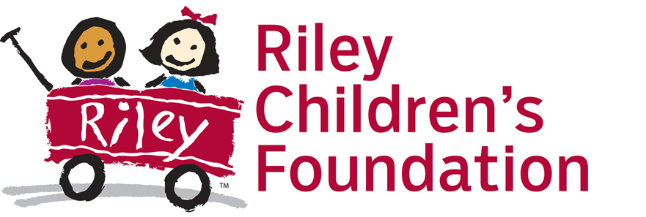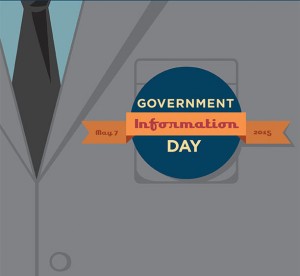Today we welcome guest blogger Andrew Rhoda of the Lilly Library at Indiana University. Rhoda is the world’s only puzzle curator.
The Jerry Slocum Mechanical Puzzle Collection at the Lilly Library is a collection of puzzles designed by the world’s most innovative designers of fascinating and confounding objects. The library’s collection of mechanical puzzles is the only one in the world available to the public. Mechanical puzzles are different from crosswords or jigsaw puzzles, which are what most people think of when they think about puzzles. In the book “Puzzles Old and New,” Jerry Slocum and his co-author Jack Botermans define a mechanical puzzle as, “…a self-contained object, composed of one or more parts, which involves a problem for one person to solve by manipulation using logic, reasoning, insight, luck and/or dexterity.” Some examples of well-known mechanical puzzles are the Rubik’s Cube, the tangram and the 15-puzzle.
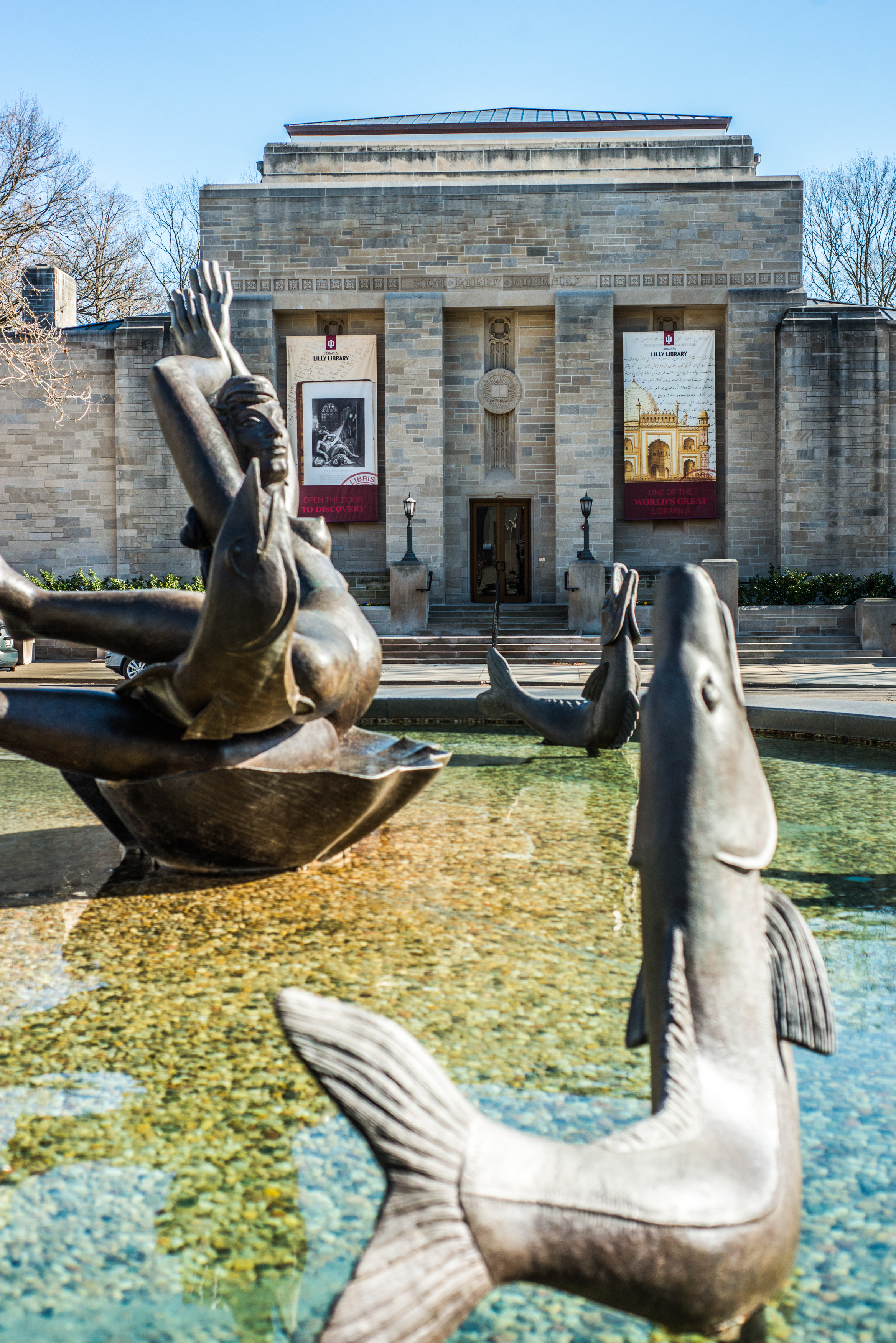
The Lilly Library at Indiana University, Bloomington. Courtesy of Indiana University Libraries.
Mechanical puzzles have a long history. The oldest known mechanical puzzles were not even intended as entertainment. Romano-Celtic puzzle padlocks dating to the second century B.C.E. were small, ring-sized locks used as security measures. In the 19th century, the popularity of mechanical puzzles as entertainment increased. The first catalog of puzzles appeared in 1893, written by Professor Hoffmann. This book featured puzzles of all kinds; however, it is most notable for its descriptions of what we know as mechanical puzzles. These puzzles are known as Hoffmann Puzzles, as this work is the first historical reference for these puzzles. In recent years, technology has changed how mechanical puzzles are made. Throughout the 19th century and early 20th century, puzzles were usually made of wood or metal. However, in the later 20th century and 21st century, new technologies have emerged, like three-dimensional printing, that are changing how puzzles are made. Modern puzzles designers now create these ingenious objects using classic techniques and modern technology to challenge puzzle solvers.
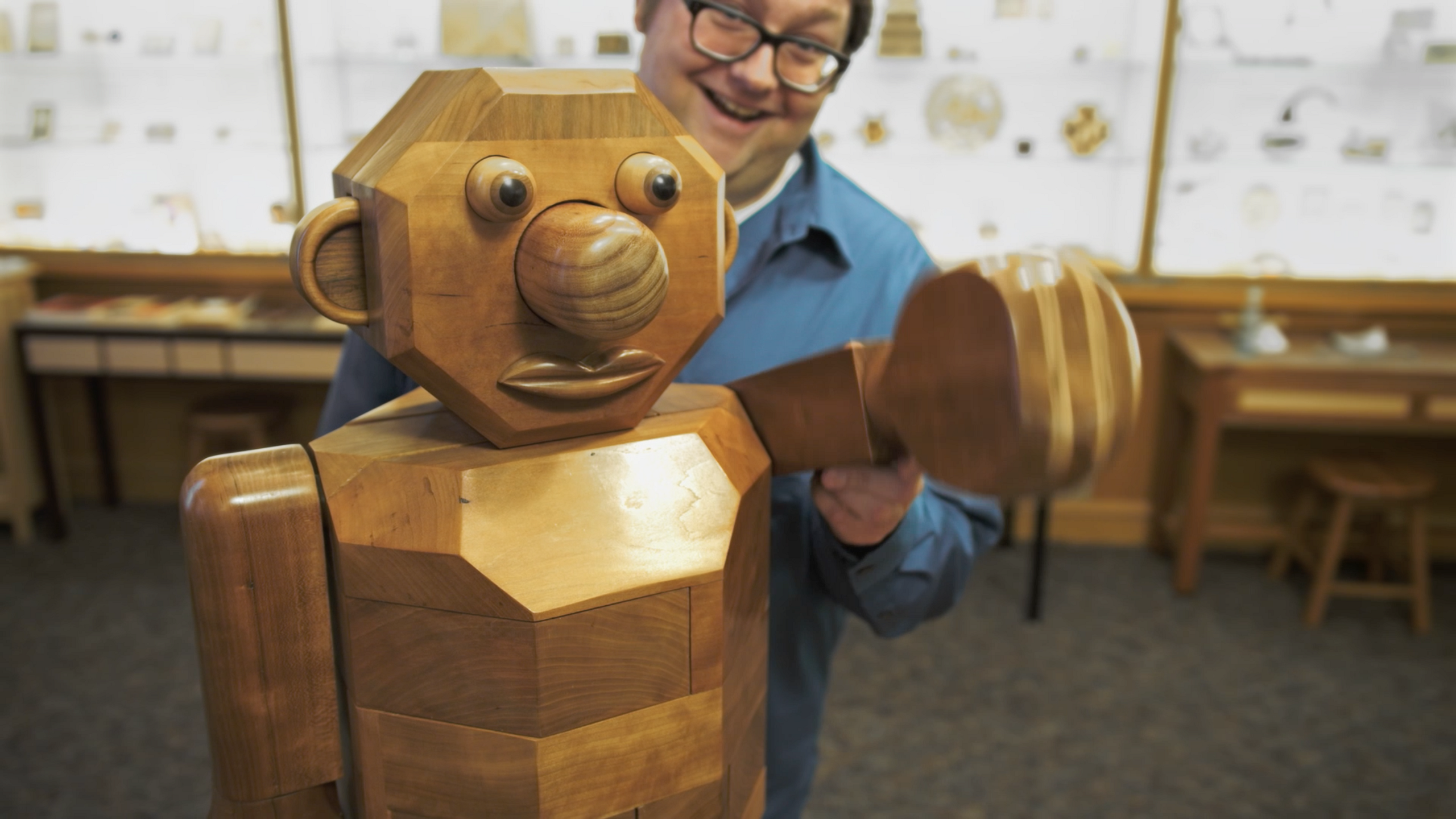
While most interlocking puzzles are small enough to be held in the hands, some interlocking puzzles can be quite large. For example, this “Wooden Robot Puzzle” is around three feet tall. Courtesy of Indiana University Libraries.
Slocum was born near Chicago, and in 1939, he began collecting puzzles at the age of eight when his parents brought back a puzzle from the New York World’s Fair. That puzzle was the Trylon-Perisphiere, which was a small plastic interlocking puzzle. From that point, Slocum began collecting mechanical puzzles of various kinds. He began researching mechanical puzzles, and when he could not find puzzles to purchase, he learned how to make his own copies of those puzzles.
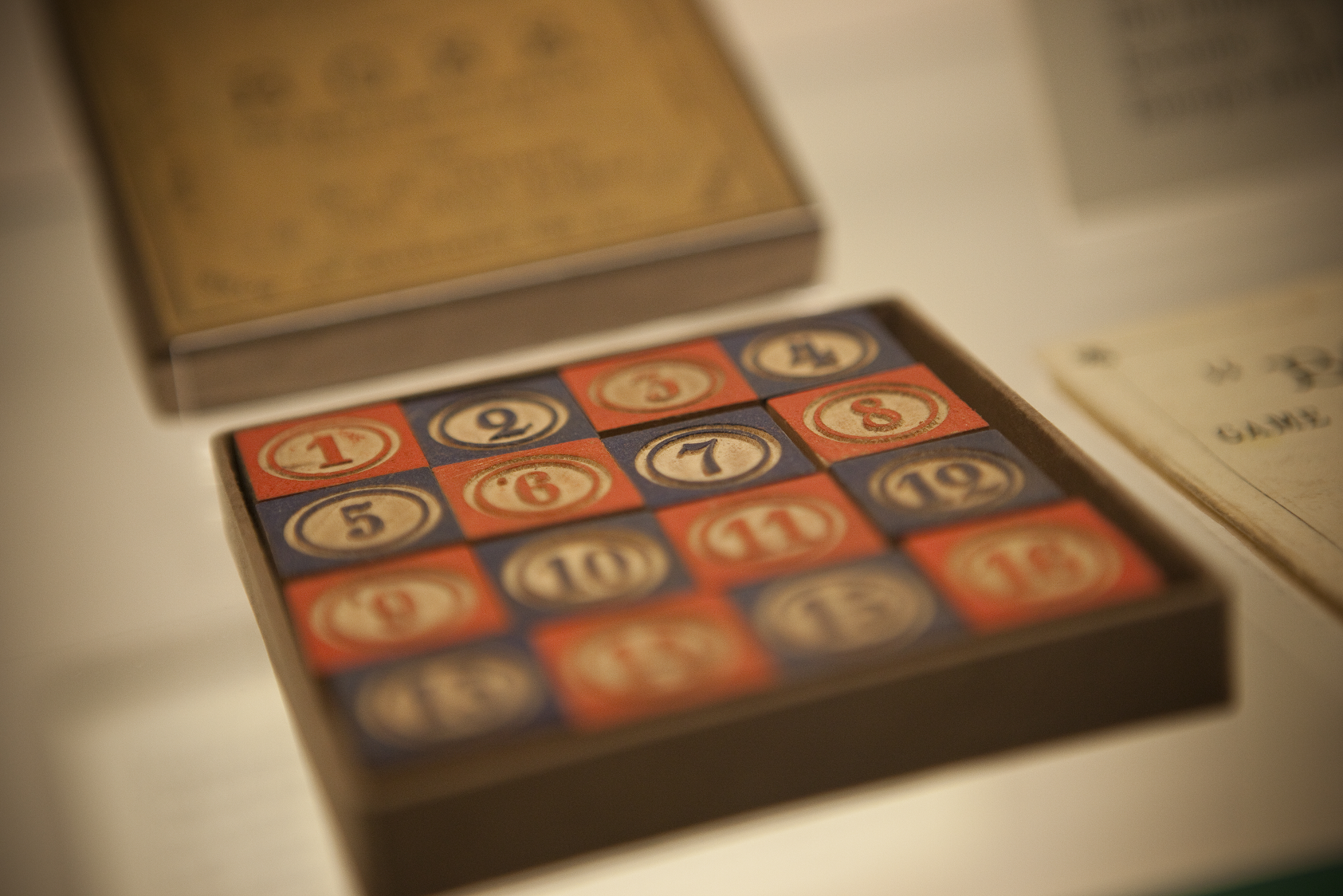
Sequential movement puzzles feature a solution that requires a sequence of moves to solve the puzzle. The Boss Puzzle, a version of the 15-puzzle, has a certain set of moves that puts the numbered blocks in order. Courtesy of Indiana University Libraries.
His research into mechanical puzzles inspired Slocum to begin publishing articles and books on mechanical puzzles. His first published work was an article for the October 1955 issue of Science and Mechanics magazine, titled “Making and Solving Puzzles.” It was a short article on what mechanical puzzles are, and how to build some simple puzzles. From that, Slocum has gone on to publish general books on mechanical puzzles, such as the aforementioned “Puzzles Old and New,” and books on specific puzzles, such as “The Tangram Book” and “The Famous 15 Puzzle.”
In 1993, Slocum established the Slocum Puzzle Foundation to promote the use of mechanical puzzles both for entertainment and for fostering creative thinking and problem solving. He has also worked with various institutions across the country to exhibit puzzles from his collection.
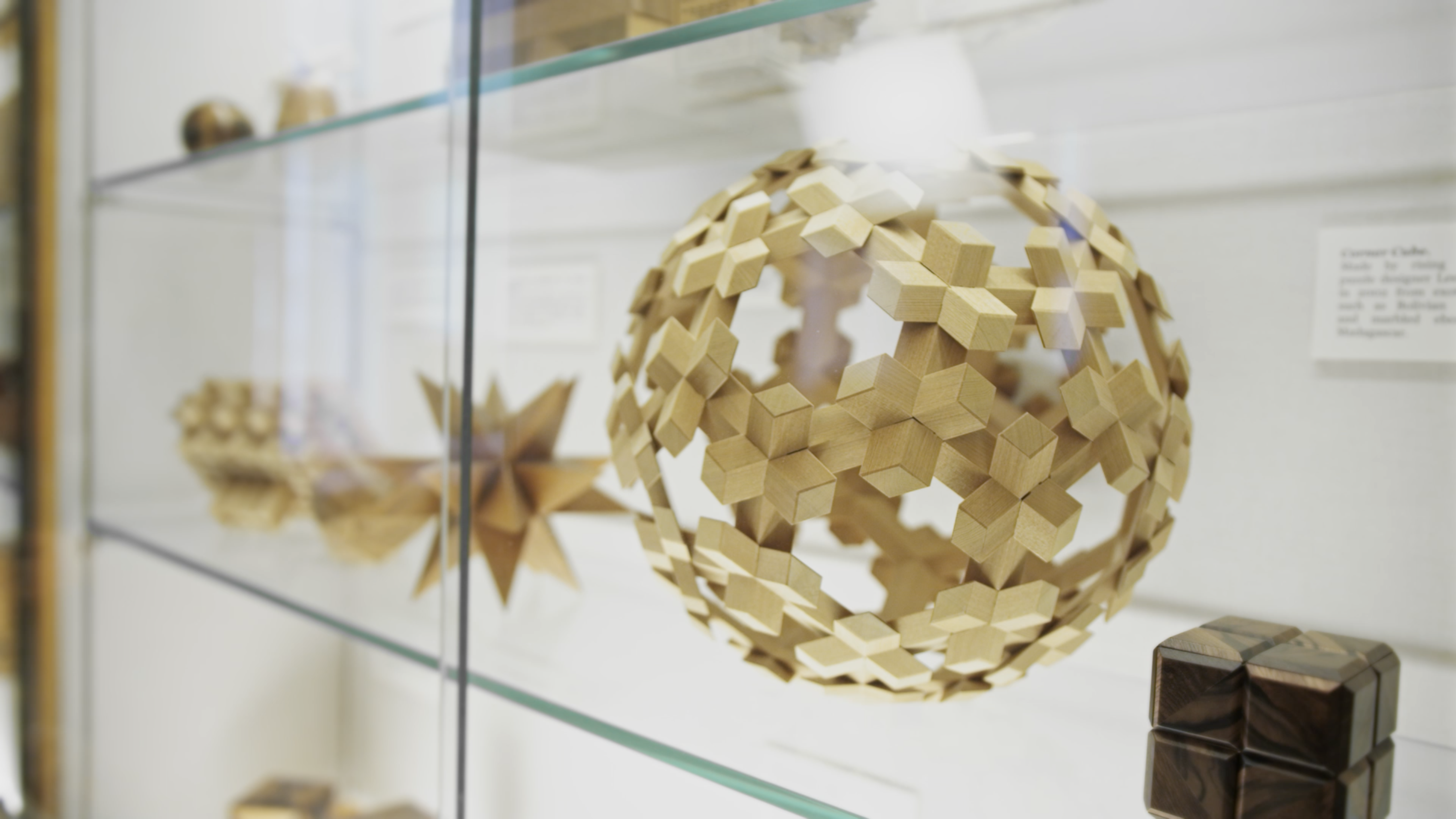
Interlocking puzzles come in many different shapes. They can be simple to very complex, like this puzzle “Polyhedron 32” by Yashirou Kuwayama. Courtesy of Indiana University Libraries.
Through his research, Slocum developed a system of categorization for mechanical puzzles. The system includes ten categories, defined by what needs to be done to the puzzle to solve it. For instance, the first category is “put-together” as the solution is achieved by putting the pieces of the puzzle together. Modern puzzle designers have further developed the categories, both by developing specializations in those categories, and by combining qualities of two or more of them. To match these developments Slocum added sub-categories in his system.
The categories are:
- Put-together puzzles – To solve, you assemble the pieces in a predetermined arrangement.
- Take-apart puzzles – To solve, you disassemble the puzzle or open a compartment.
- Interlocking solid puzzles – To solve, you disassemble and reassemble the object.
- Disentanglement puzzles – To solve, you remove one piece such as a ring or string from the puzzle and put it back.
- Sequential movement puzzles – To solve, you repeat a certain sequence of moves a number of times.
- Dexterity puzzles – To solve, you use either gravity or some other type of motion.
- Puzzle vessels – To solve, you either take liquid from or pour liquid into the vessel without spilling.
- Vanish puzzles – To solve, you explain how parts of the puzzle disappear when the pieces are rearranged.
- Folding puzzles – To solve, you to fold the puzzle in such a way as to reveal an image.
- Impossible puzzles – To solve, you must explain how the puzzle was made.

Put together puzzles can be two-dimensional or three-dimensional, such as Piet Hein’s “Pyramystery” shown here. Courtesy of Indiana University Libraries.
To solve some puzzles in these categories, like the vanishing puzzle or impossible puzzles, the moving of pieces is not the point, but rather the description of how the puzzle works or was made.
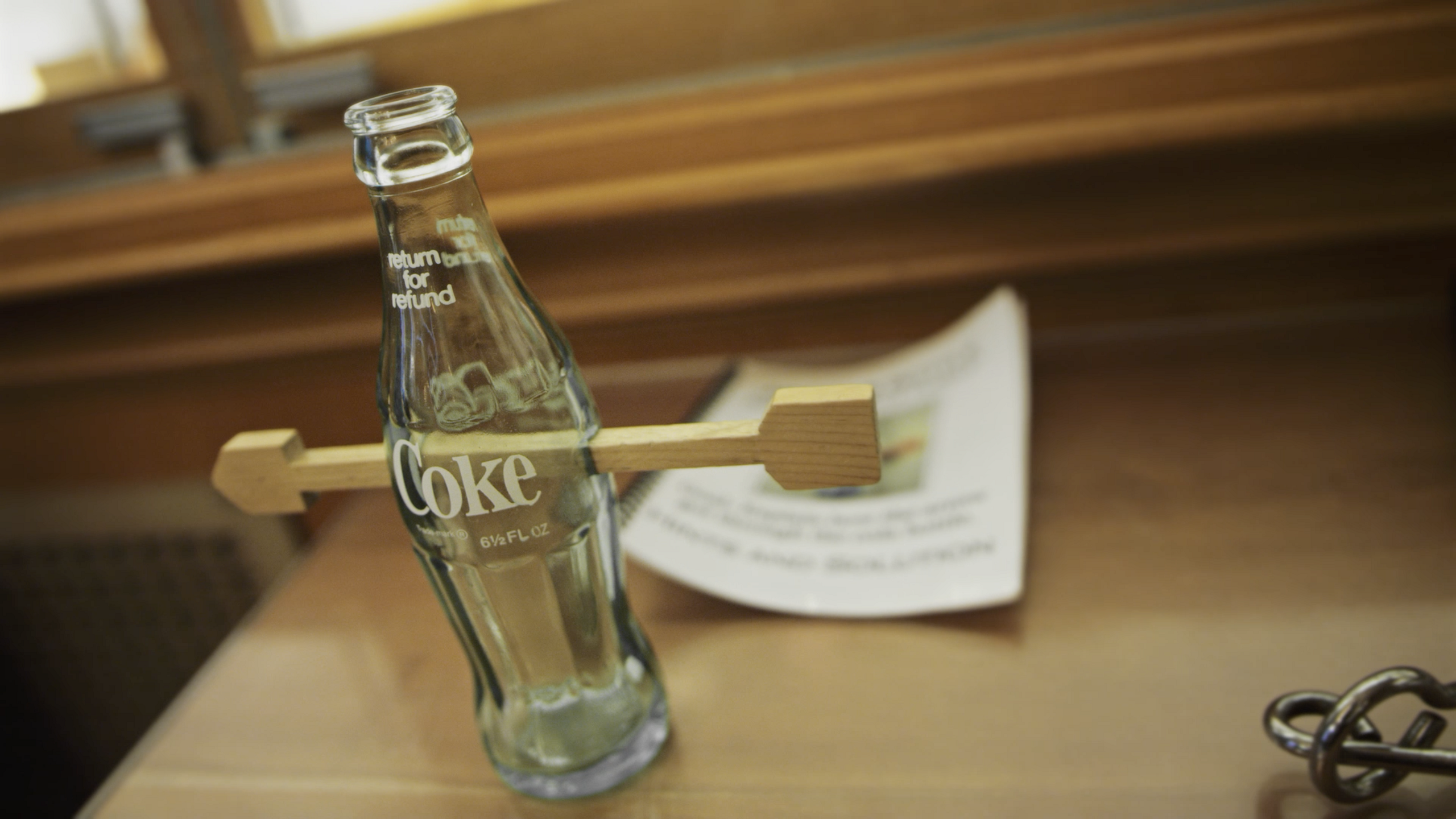
Impossible puzzles do not require any disassembly; you only have to answer a simple question: How did the arrow get through the bottle? Courtesy of Indiana University Libraries.
When Slocum began thinking of where he would donate his collection, he selected the Lilly Library because, unlike a museum, donating his collection to a rare books library would mean that his whole collection would be available for patrons to solve. While traditional museum might only display a few puzzles at a time through exhibits, the Lilly Library provides access to the whole collection for patrons who visit the Reading Room.
In 2006, Slocum began donating his collection to the Lilly Library. Since that time, he has been donating portions of his collection every year. Currently, the Slocum Mechanical Puzzle Collection consists of over 30,000 of puzzles, in addition to books and manuscripts relating to mechanical puzzles. These materials are accessible in the Lilly Library’s Reading Room and – barring a puzzle being in conservation – the contents of the puzzle collection are available for use. When requesting puzzles to consult in the Reading Room, it is best to allow three to four days processing time so that all items can be gathered for the visit. The puzzle collection is searchable through the Jerry Slocum Mechanical Puzzle Collection database.
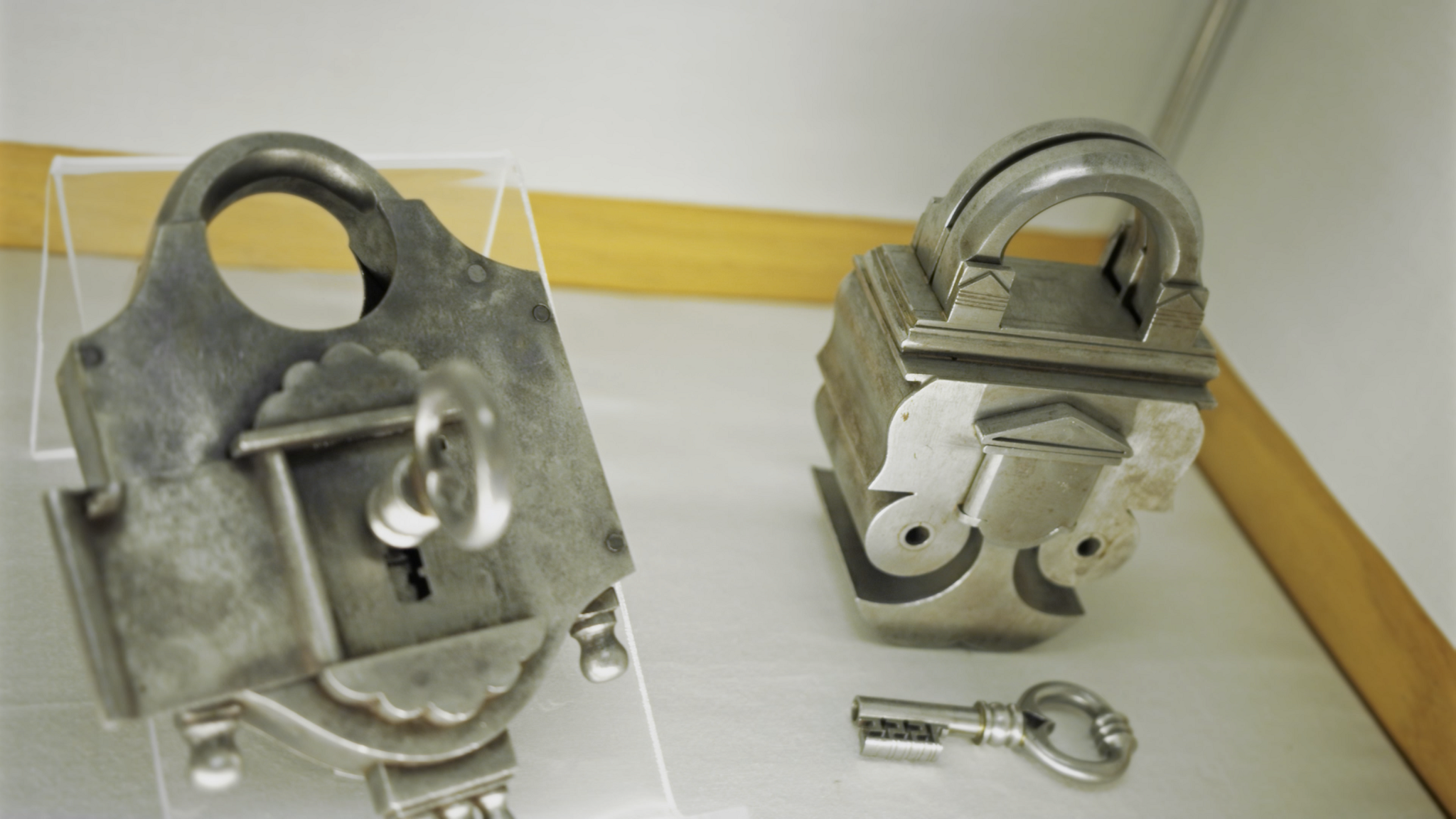
Puzzle locks, such as these Viennese Master Craft Locks from the 19th century, are the oldest category of mechanical puzzles known. Puzzle locks are a sub-category of take apart puzzles. Courtesy of Indiana University Libraries.
A permanent exhibit of highlights from the collection is on display in the Lilly Library Slocum Room located at 1200 East Seventh Street in Bloomington. The exhibit contains examples of each of the ten mechanical puzzle categories in Slocum’s category system. As a companion to the exhibit, there are also hands-on puzzles for visitors to the Slocum Room to solve while viewing the exhibit. In this way, visitors can see the types of puzzles and they can try similar puzzles.
When visiting the Slocum Room to see the permanent exhibit, or to try the hands-on puzzles, it is best to check the availability of the room. This room also functions as a classroom space, which means that it might be reserved on occasion. The library is open on Monday to Thursday from 9 a.m. to 6 p.m., Friday from 9 a.m. to 5 p.m., and Saturday 9 a.m. to 1 p.m. The Reading Room is open Monday to Thursday from 10 a.m. to 5:45 p.m., Friday from 10 a.m. to 4:45 p.m. and Saturday from 10 a.m. to 12:45 p.m.
If you would like to visit the Slocum Room or see a particular puzzle, please contact Andrew Rhoda, curator of puzzles, with questions about the collection and for information about scheduling tours or group presentations.


